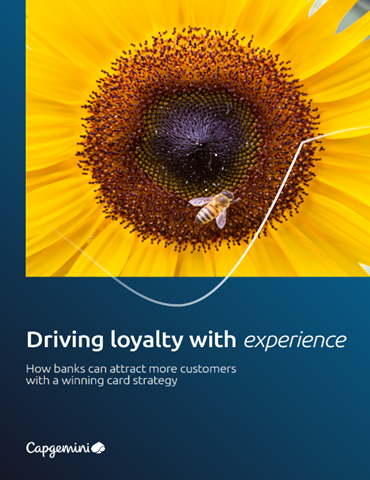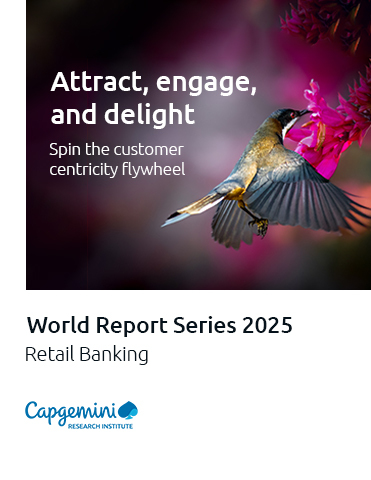How the customer journey connects brand and experience

According to Forrester’s Priorities Survey 2024, the number one priority for business and technology leaders is to “improve the experience of our ultimate customers”. In second and third place are meeting measurable commercial growth targets and reducing costs.
Improving customer experience (CX) is up from the third slot in 2023. That’s great, but it begs the question: how?
Cross-functional journey teams are here… ish
We asked respondents who said improving CX was a priority how they planned to do it, and almost a quarter said they are going to “create cross-functional teams aligned around customer journeys”. Cutting the sample by broad industry groupings backs up what we’ve heard from clients – firms in sectors such as telecoms, hospitality, utilities and banking, which sell ongoing service-based “products”, are more likely to embrace cross-functional journey teams than industries such as retail, where transactional channels can still dominate.
The common theme is how these firms see helping customers achieve their goals as the focus of their organisation – their marketing, their organisational structure, their budgets, their technology, their metrics and more. Customers achieve their goals through journeys is an approach we call journey centricity.
Understand the three stages of journey evolution
Journey centricity doesn’t happen overnight. The wider research we’ve done shows most firms progress through three distinct stages of evolution:
Journey mapping to identify pain points and build foundational business cases for tactical action
Temporary project teams focus on pain points. This is where many CX teams stall. To break through, consider adopting the language of journey management, embrace increasingly available tooling and infuse journey maps with data to elevate them from descriptive assets to living operational tools.
Journey management to drive improvements and make the business case for transformation
As in some of the examples above, dedicated journey managers and journey teams begin to emerge, working cross-functionally to bridge silos in service of driving better customer outcomes. Navy Federal Credit Union, for example, maps and optimises enterprise-wide member journeys across product lines and business units.
Journey centricity where journeys become the business operating model
Customer outcomes become the organising principle behind teams, technology, budgets and operations. Rabobank, for example, organises in value streams, such as mortgage, business lending or daily banking.
Journeys connect brands and experience to drive growth
At Forrester’s CX Summit EMEA on 2-4 June 2025, we’ll be showcasing how brand and CX combine to create a total experience. Essentially, if your brand is the promise you make to your customers, your CX is your ability to deliver on that promise.
Customers don’t interact with your brand in isolation, and (unless you’re Disney or Spotify, and even then it’s a stretch), they don’t interact with you for fun. They come to you to achieve a goal. Journey maps help you understand those goals; journey management helps you operationalise helping customers achieve those goals; and journey centricity aligns your organisation around creating a total experience.
You can register to attend Forrester’s CX Summit EMEA here
By Martin Gill, VP Research Director, Forrester

Business Reporter Team
Related Articles
Most Viewed
Winston House, 3rd Floor, Units 306-309, 2-4 Dollis Park, London, N3 1HF
23-29 Hendon Lane, London, N3 1RT
020 8349 4363
© 2025, Lyonsdown Limited. Business Reporter® is a registered trademark of Lyonsdown Ltd. VAT registration number: 830519543





